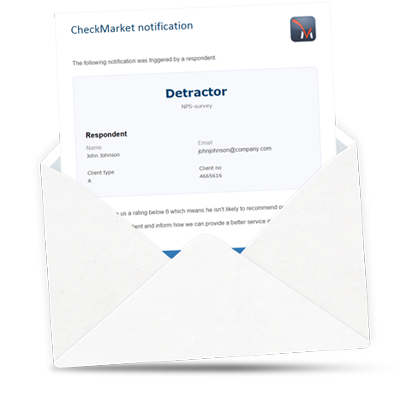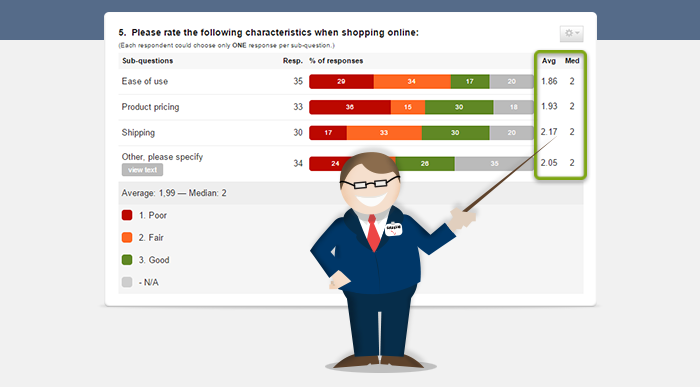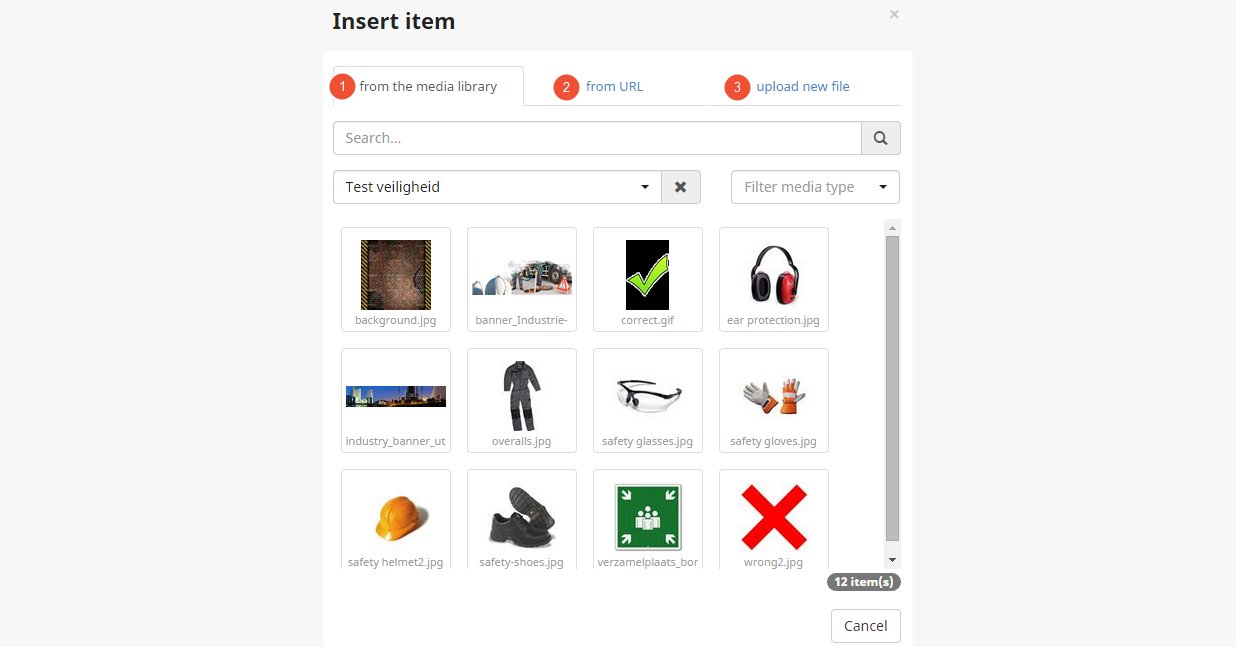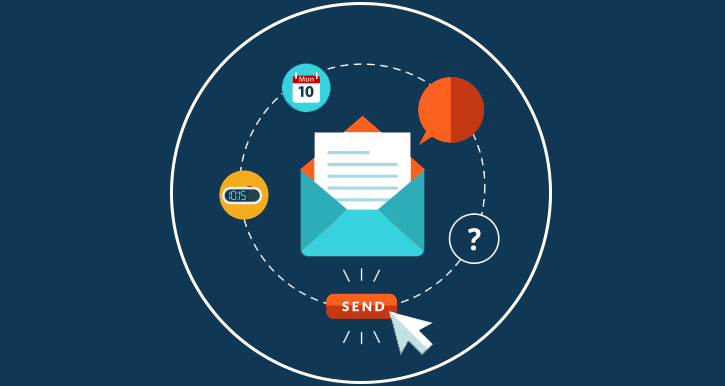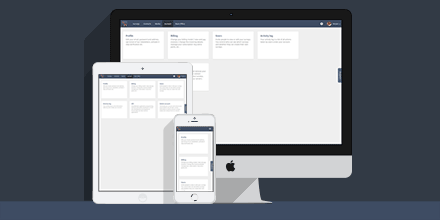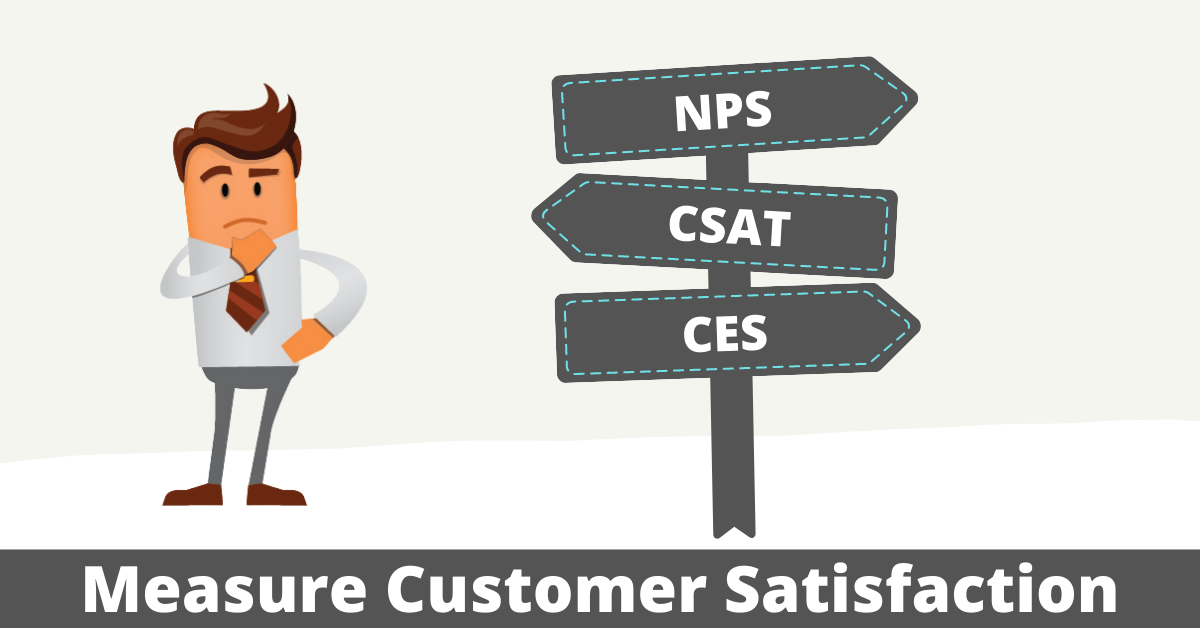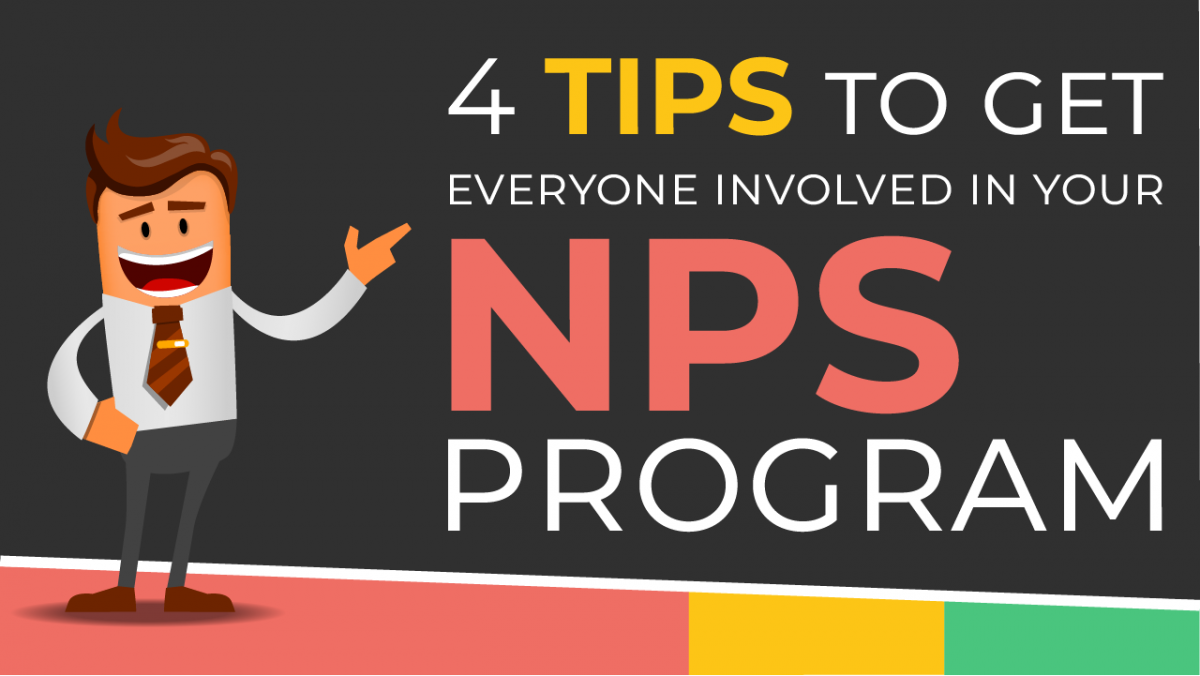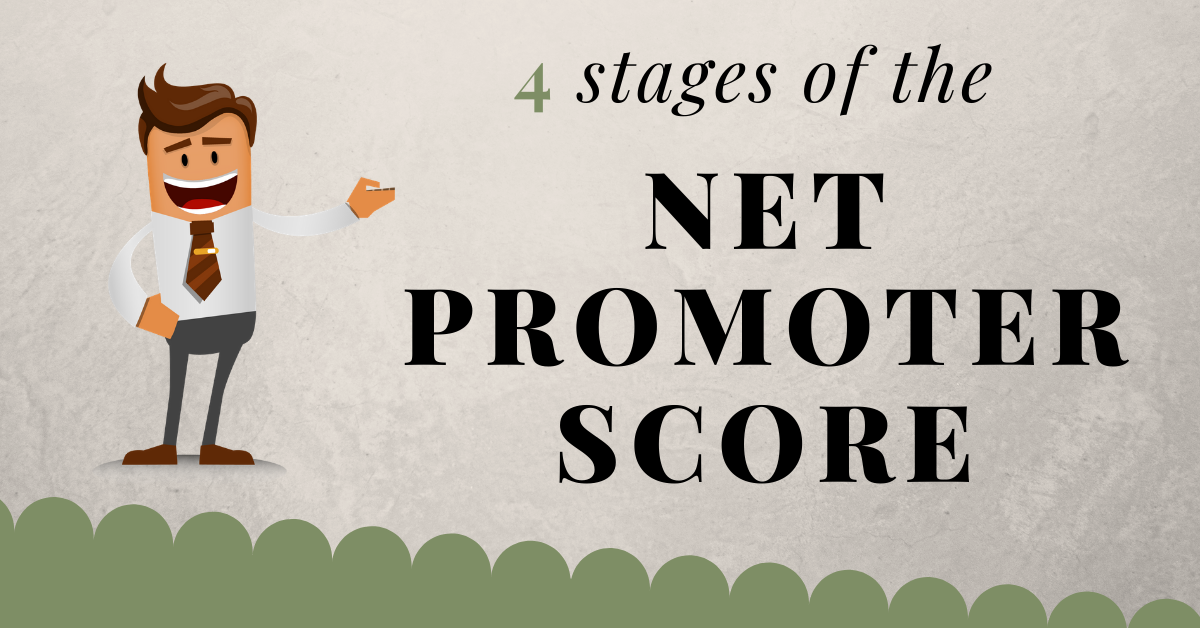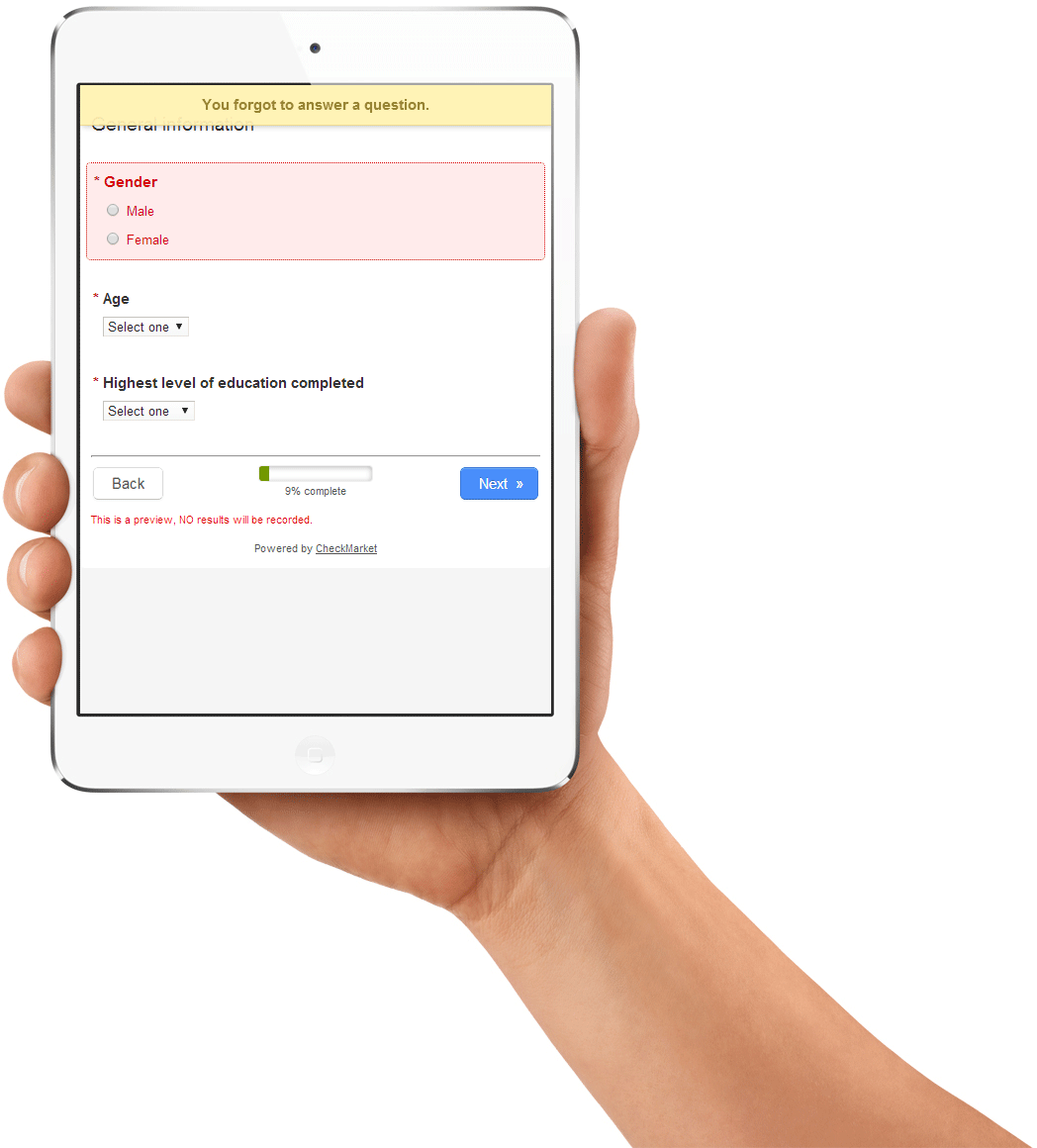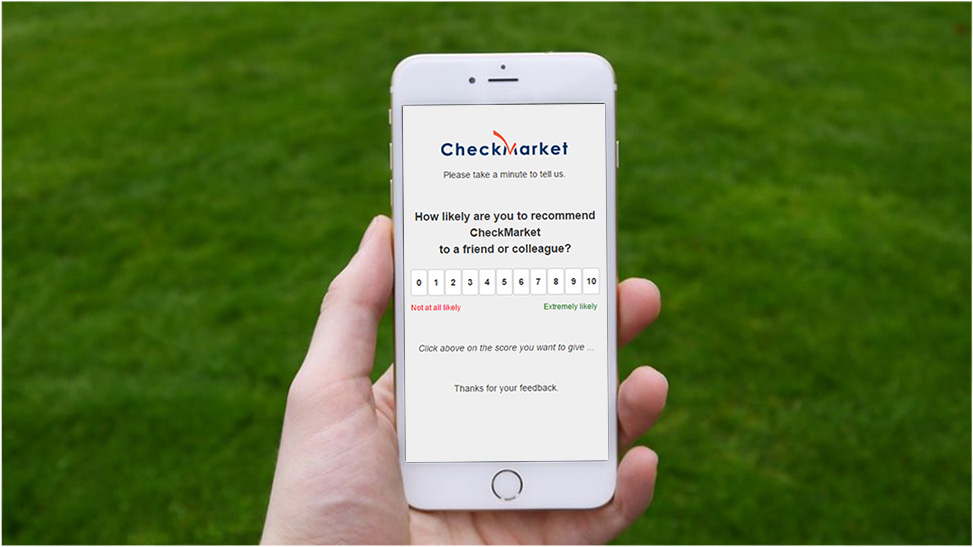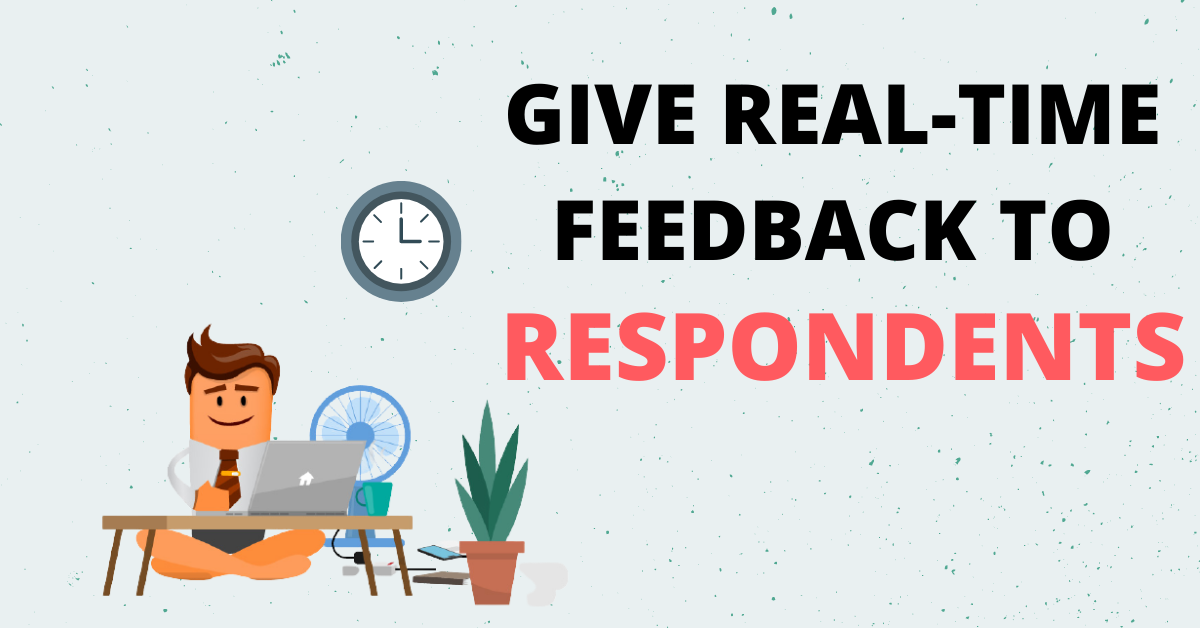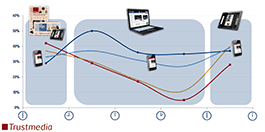This summer marks the birth of a new survey question type: sliders! Sliders are an engaging and interactive type of survey question. How it works? The respondent clicks a button and drags or slides it along a horizontal line indicating their positive or negative feeling towards a certain statement or question.
Sending out a better survey email invitation? 5 best practices to increase response rate
AnalyticsTool reviews our “powerful survey software”, praising its ease of use and automated alerts
We here at CheckMarket always like a good pat on the back … So thank you, AnalyticsTool! In their survey tool review they praised our “powerful survey software” for its “ease of use”, “multilanguage functionality”, “automated notifications” and “flexible pricing options” … And who are we to argue?
Survey email notifications are now more versatile
Survey email notifications enable you to take action more quickly. They started out as quick, internal call-outs to yourself, colleagues, management, … You are informed straight away when a respondent answers in a certain way so you can immediately follow up on their feedback. Your (perhaps not so satisfied) customer would be so impressed by the speed of your actions he would instantly turn into a promoter.
Average and median per sub-question in a matrix
Have you noticed? We added 2 new columns to the charts for matrix questions: average and median.
You were always able to see the general average and median for the entire matrix question in the legend below each matrix chart. This was already very useful data. But sometimes you just need to dig in deeper.
New visual media picker
To get high response rates your surveys and emails must be appealing, and match your company’s branding. Adding your logo increases recognizability, adding an image of an incentive, increases click-through and completion rates. You may want to show a series of ads or packaging and ask respondents what they think.
7 survey mistakes you don’t want to make
Creating a successful survey isn’t just about asking the right survey questions. Sure, they are important, but they aren’t the only road to actionable insights. What good are your perfectly honed questions if nobody opens your survey? How valid are your results really if you don’t know to which segment your respondents belong? We at CheckMarket have put together a list of the 7 survey mistakes we come across the most. As each one can be fixed so easily you’ll probably wonder at the end why you never thought of them yourself. Read on to find out how easy it is.
What’s the best time to send a survey?
As a survey tool, our users often ask us for the best time to send out survey email invitations. Which is the best day? Is there a specific time (morning, afternoon, evening) that is better? Is there a difference between B2B and B2C? Many interesting questions… There were plenty of opinions here around the office, but since we have much data on the subject, and our users send a lot of survey email invitations, we decided to let the data do the talking. As it turns out, Monday is D-Day for B2B businesses. B2C better avoid Thursdays and Sundays.
Download open answers fast and easy
You’ve done all the preliminary work. You’ve thought long and hard about all the questions you needed to ask as well as what you want to do with the results afterwards.
Your survey turned out to be a big success. Everyone even took the opportunity to provide additional comments everywhere you asked for them.
Awesome!
Mobile Friendly Survey Tool
Responsive design is being talked about, and it’s no surprise. People are going mobile more and more, which is why you need to consider mobile surveys.
For that reason we’ve already made sure that our surveys are mobile device friendly. They can be filled out with the same ease on any device.
Measure customer satisfaction: CSAT, CES and NPS compared
Improved security for downloads
As an enterprise survey tool, we prove time and time again security is our top priority. Our default SSL encryption and 2-step verification is a testament of our commitment to our users’ security. Today, we add an extra layer of security to downloads and exports from CheckMarket.
When you export data from CheckMarket, a URL is generated which gives access to the file. The transfer itself is secured by https, but if someone could get the URL, for instance if your computer was hacked and sending info to someone else, they too could get the data. This is no longer the case. Now, all URLs to downloads require an authenticated user with access to the specific survey. Our feature to share results with others (not CM users), is protected too and requires a password to access the results.
4 tips to get everyone involved in your Net Promoter Score Program: Webinar
As we all know, just measuring Net Promoter ScoreSM is not enough. The true goal of an Net Promoter Score program is to raise customer satisfaction which requires getting everyone in your organization involved. Just because the upper echelons of management decide that NPS is important, doesn’t automatically make it so for everybody.
Today, we give you 4 concrete tips you can apply immediately.
4 stages of Net Promoter Score (NPS)
Net Promoter Score (NPS): Advanced Workflow Webinar
Alexander quickly touched on the basics of Net Promoter Score explaining why NPS® is gaining more and more popularity. He shared some insights into the calculation of NPS. These insights showed the best improvement techniques such as: what group (detractors, passives, promoters) should you focus on to improve your NPS score, how can you involve everybody in your organization and how does the power of the customer influence the Net Promoter Score.
Heartbleed Bug: CheckMarket not affected
On April 7, 2014, a team of security researchers announced the discovery of a critical vulnerability dubbed “The Heartbleed Bug”, found in OpenSSL (a widely-used open source cryptographic software library), which allows attackers to read the memory of the systems using vulnerable versions of OpenSSL software.
Event marketing: 7 tips for event evaluation
Your event is over and you thought it was a success. Great, but do your attendees agree? A targeted survey helps you with your event evaluation.
A survey allows you to get an instant view of the overall satisfaction and identify improvement points. Follow the tips below to make your next event stand out.
Pitfalls of “don’t know/no opinion” answer options in surveys
In this new blog article we dig deeper into the use of the “don’t know” and “no opinion” (“DK/NO”) answer options in closed questions. After all, there is some debate in the scientific literature on whether to include or omit them. After extensively discussing the pros and cons of adding/omitting these answer options, we will provide you with some recommendations on how to deal with these answer options.
Don’t ignore 19% of your survey respondents
According to a study from Greenbook[1] with over 1.5 million participants a whopping 19% of all online surveys are taken on a mobile device. CheckMarket’s data confirms 1 out of 5 respondents needs a mobile-friendly surveys.
CheckMarket makes SSL encryption the default
Our users have always had the option of using Secure Sockets Layer (SSL) to create a secure encrypted connection between their computer and CheckMarket. If it is now turned on by default for all users and all surveys.
What is SSL (or HTTPS)?
SSL verifies the identity of a company (CheckMarket) over the internet with a certificate authority. If everything checks out, CheckMarket and your computer establish an initial connection called a handshake. During the handshake the connection will determine which kind of encryption or scrambling it will use. The agreement created during the handshake is used to set up a secure connection between CheckMarket and your computer, called a Secure Socket Layer (SSL). Now the connection between CheckMarket and your computer is secure, and not at risk from third party infiltration.
New message bar – The devil is in the detail
The response rate of a survey is important, but as researchers, we often use only fully completed surveys. That means we need to get people to take the time to reach the end of a survey. While there is lot of talk about gamification and other high-end solutions, as is often the case, the devil is in the detail. We have always worked hard to keep page-load times down in our survey tool. If a respondent feels a survey takes too long to load between pages, they are gone. We have also worked hard to make our surveys mobile friendly.
Net Promoter Score (NPS) – Everything you need to know in 14 slides.
We often receive questions from our visitors and customers about Net Promoter ScoreSM (NPS®). Our NPS article was already viewed more than 50,000 times. We decided to make it even easier to understand Net Promoter Score (NPS) by making a clear presentation explaining all the basics of NPS in 14 slides.
Build custom dashboards
An important phase of the research process is the presentation of results. One of the more engaging ways to present research results is through online dashboards. A dashboard provides a summary of the most important results or findings related to a particular subject in a visual way, arranged on a single web page.
Dashboards can be connected to live data that is automatically updated in real-time with results coming from one or more survey projects. So you are able to visualize and share key information, whenever you want and quicker than ever. A dashboard is easy to access via internet or intranet.
How to embed a survey in a mobile app
Mobile app usage has exploded in the last few years. Just like their website counterparts, app makers need feedback from their users.
While there are great systems for tracking how your app is used, connecting that info to who those users are and finding out what their motivations are, is what surveys do well.
But how? You could reinvent the wheel and write custom code to get the answers or use CheckMarket’s powerful survey tool to generate a survey and then embed the survey in your app. Using the same kind of code you would use to request a review for the app store, ask users to fill in a survey. Since the survey is coming from our servers, you can change the questions without updating your app!
The importance of socio-demographics in online surveys
In this new blog article we are looking into the use of socio-demographics in surveys. More specifically, we will try to answer three questions. First of all, should you ask about them and why (not)? Second, if you decide to ask about them, which ones should you ask? Third, if you ask about them, where do you put these questions in your survey?
Give real-time feedback to respondents
When you create a survey you want respondents to fill in your entire survey and to answer the questions correctly. Research shows that the more you engage with the respondent and the more respondents enjoy the experience, the better the quantity and quality of feedback.
Mediafin changes strategy based on a survey among 16K readers
Mediafin and Trustmedia, the publisher and the media sales house of the Belgian financial newspapers De Tijd and L’Echo presented their new strategy, Trust 3.0.
The new commercial approach is in a nutshell, “from paper to pixel”.
To gain insights for their new strategy, they organized the Digital Newspaper Survey via the CheckMarket platform. This study asked more than 16.000 readers about their media usage (paper, pc, smartphone, and tablet).
How to deal with sensitive topics in a survey?
Suppose you are the Employee Satisfaction Manager at a European multinational and you would like to conduct an employee satisfaction survey. More precisely, as you have heavily invested into an equal opportunities policy in the past year, you would like to find out if your investment is starting to pay off. In other words, if there are any differences in satisfaction between socio-demographic minority and majority groups. As a result, in order to be able to study this, you have to identify your minority groups. Consequently you have to ask your respondents/employees about some potentially sensitive topics such as sexual orientation, religious beliefs, … In other situations, subjects such as political preferences, income, various attitudes and behaviours, etc. are also considered to be sensitive issues.



